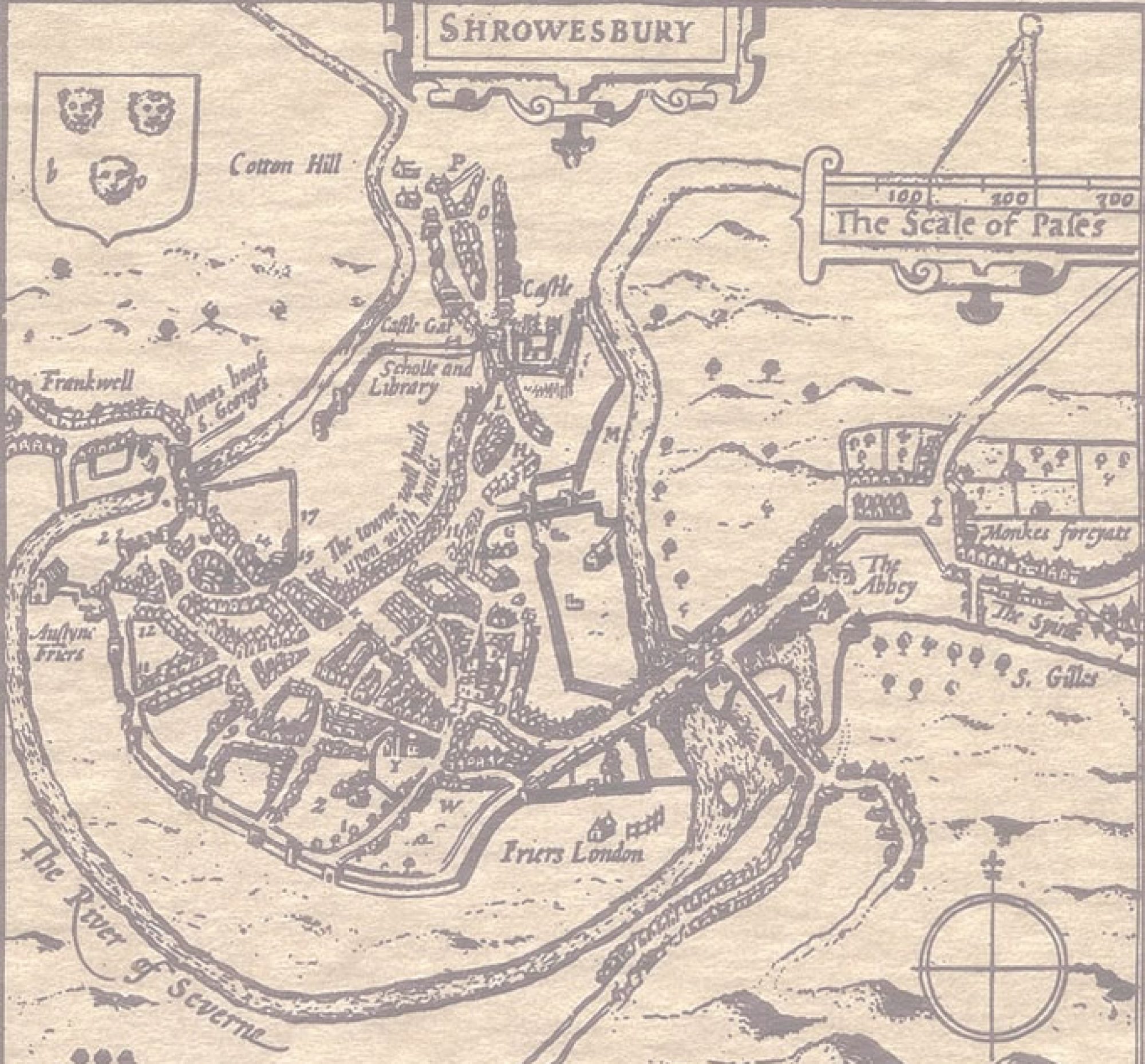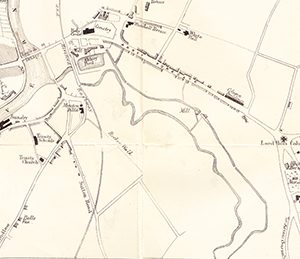
Mill Road must be one of the commonest road names up and down the country, which is a reflection on the importance of mills in days gone by. Shrewsbury has two Mill Roads, one in Meole Brace, and the other off the Abbey Foregate, which is the subject of this article. Mill Road leaves the Abbey Foregate just opposite Bell Lane and runs to a new residential block, which is situated on the edge of the flood plain of the Rea Brook, where the mill used to be. (Actually, the mill was on a leat, which is an artificial watercourse dug to supply the mill. This ran all the way from what is now Sutton, and terminated at a large pool which was situated where the Abbey Foregate car park now is, before discharging into the Severn (see maps)) [footnote 1]. It was one of three mills along the Rea (also called Meole) Brook. The others were Burnt Mill, in Sutton, and the Abbey Mill, behind what is now the Shropshire Wildlife Trust Headquarters. The middle mill has had a number of names – Trill Mill appears to have been its original name, but it was also called Prince’s Mill (after the name of a landowner) or Monk’s Mill [footnote 2]
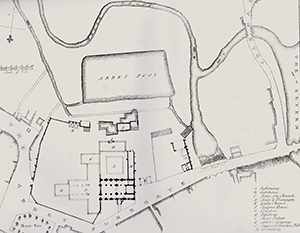
All three mills were present at the Norman Conquest, and Roger de Montgomery granted them to the Abbey. As it was not physically possible to make other watermills in the vicinity of the town, the Abbey was able to make much money from them. [footnote 3] In 1121 this monopoly was confirmed by a Royal Charter of Henry I, which meant that all the citizens of Shrewsbury had to take their corn to the Abbey mills to be ground. Not surprisingly, this became the cause of bitter resentment on the part of the townspeople towards the Abbey. Over the succeeding two centuries the inhabitants of the town increasingly ignored the charter and set up one windmill and three horse-mills in the town itself, and three more horse-mills in the suburbs. [footnote 4] In 1267 Henry III made a visit to Shrewsbury, and the town Bailiffs appealed to him to have the milling statute repealed. The Abbot, on the other hand, demanded the opposite.
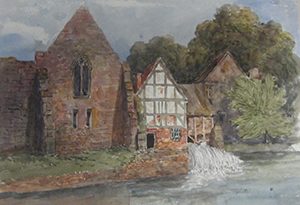
The result was a compromise – the Abbey lost its absolute monopoly on milling, but the burgesses had to take down the horse mills in the suburbs and not prevent people using the Abbey mills. Income and expenses from the various mills was to be shared. [footnote 5] The compromise seemed to have pleased neither side, since there were legal actions on a number of occasions, right up till the dissolution of the Abbey in 1546. [footnote 6]
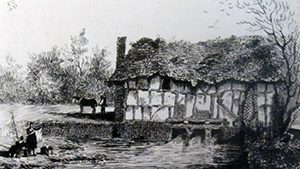
After the dissolution, the Rea Brook mills passed into private hands. When small scale milling became unprofitable in the nineteenth century, Burnt Mill became the site of the Salop Steam Laundry, whose memory is preserved in the street of that name. [footnote 7] Trill Mill closed and the site was later filled in as a flood defence. The Abbey Mill was originally sited on or near an arm of the River Severn which silted up. [footnote 8] For this reason in about 1800 the mill was moved and a more modern one with two wheels was built. This site was revealed when the gyratory road was constructed in the 1980s. By 1841 the mill was used for the crushing of the mineral barytes (barium sulphate), which was used in the manufacture of paint and paper. [footnote 9] Barytes is often found in association with lead, so it is likely that this had something to do with the nearby lead works. There was also a kiln nearby for drying or roasting the ore. Perhaps that is the reason that the Mill burned down in 1906; it has never been rebuilt.
Footnotes
[1] Map is from Henry Pidgeon’s Memorials of Shrewsbury, 2nd edition, 1851; Map showing the environs of the Abbey is from Owen and Blakeway’s History of Shrewsbury, Vol. II, p.82, also found at SA 6001/198
[2] JL Hobbs, Street Names of Shrewsbury, Wilding 1954, p.75
[3] Nigel Baker, Shrewsbury Abbey, a Mediaeval Monastery, Shropshire Books, undated, p.11
